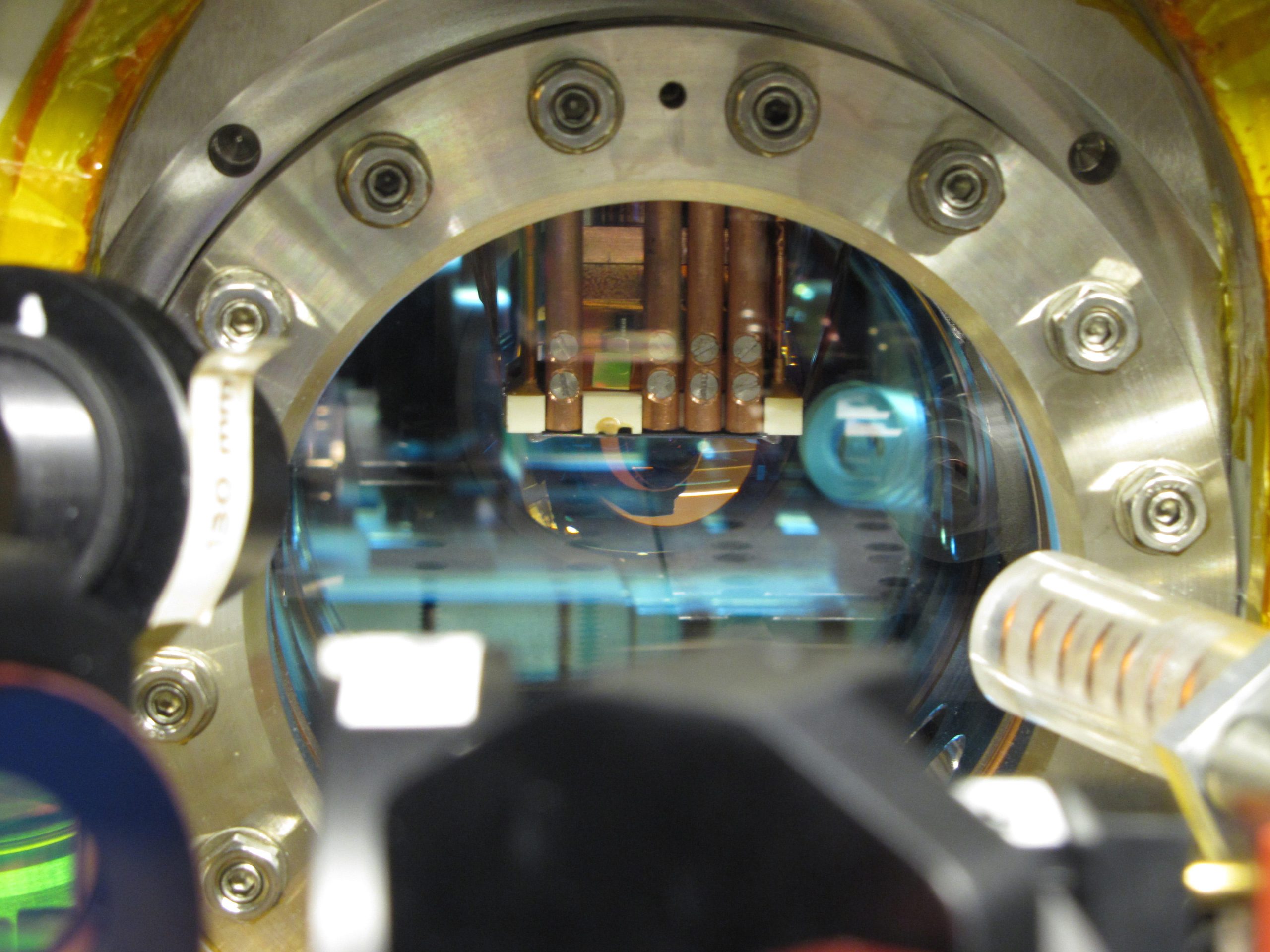Connect with us
Published
2 months agoon
By
admin
Researchers at TU Wien have experimentally validated a novel hypothesis in quantum information, demonstrating that the mutual information shared between distinct quantum particles is dependent on surface area rather than volume. This finding challenges classical physics notions, where the information contained in a system typically correlates with its entire volume. The study involved ultracold atoms cooled just above absolute zero, allowing the quantum properties of the particles to become pronounced. The research team led by Prof. Jörg Schmiedmayer used a specialized tomography technique to analyze the dynamics of these particles by slightly perturbing them, similar to observing ripples in water after tossing a stone. In the quantum realm, when particles behave in a correlated manner, they cannot be described independently. The experiment showed that the connectivity of the particles increases as temperature decreases, demonstrating the critical role of coherence length, which determines how far the particles influence each other. These findings have broad implications, enhancing our understanding of quantum information’s relevance in various fields, including solid-state physics and quantum gravity, suggesting that hidden connections in quantum systems are more complex and profound than previously understood. The results were published in Nature Physics.













